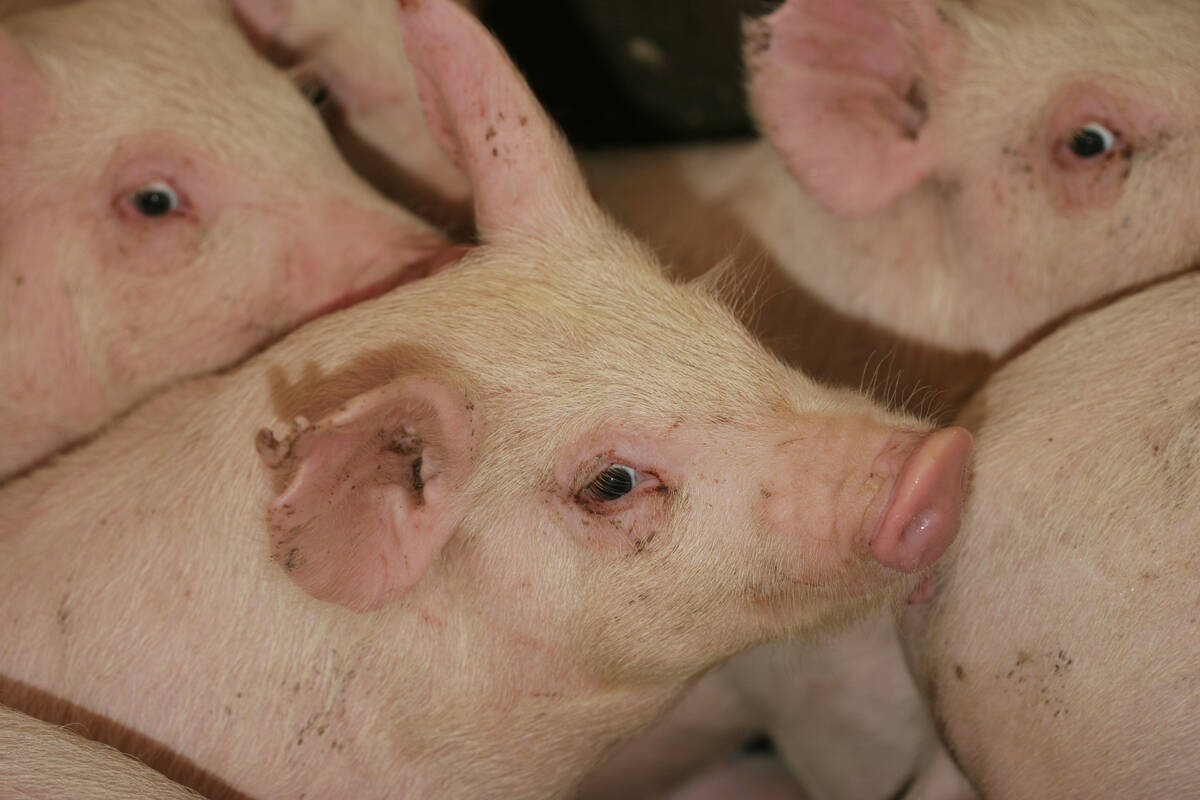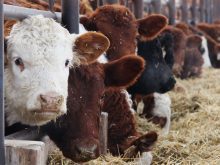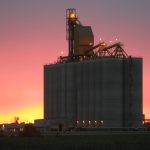Canadian Cattle Identification Agency hopes to allow ultra-high frequency tags to share database used by RFID tags
The federal organization tasked with establishing a national livestock identification program is launching a new initiative to leverage the latest technology in tags to help producers track their animals.
The Canadian Cattle Identification Agency initiative will allow producers using ultra-high frequency (UHF) tags to link them to the same database used for low-frequency radio frequency identification (RFID) ear tags. Both tags will identify the same animal listed in the Canadian Livestock Tracking System.
“UHF is being talked about a lot because in some segments of the industry, it has a really good management application,” said Anne Brunet-Burgess, CCIA’s general manager. “Mostly, amongst other reasons, inventory control because its ability to scan many animals at once.”
Read Also

The Western Producer Livestock Report – September 25, 2025
The U.S. national live price average for barrows and gilts was $81.21 Sept. 17. It was $78.37 Sept. 9. U.S. hogs averaged $106.71 on a carcass basis Sept. 17, up from $106.10 Sept. 9.
That’s especially the case for feedlots, with UHF technology allowing scanning of multiple anials within a pen with a single scan and at a longer range.
UHF tags are required to be a secondary tag alongside approved CCIA RFID ones, which Brunet-Burgess said has raised questions as to the need of having both.
“There has been lots of talk: ‘why isn’t the official tag a UHF tag?’ ” she said. “That’s a whole different story because there is a whole road to get there or to even make it a potential option.”
One of the biggest issues is that international standards have yet to be established for UHF tags, while within the industry, there isn’t a universal consensus on their need. And, currently, RFID tags are the only officially approved tags for tracking.
“We’re just trying to accommodate those who use it in their management scheme,” said Brunet-Burgess.
While RFID tags are a tried and tested technology and UHF tags have been around long enough to be considered reliable, new innovations are on the horizon, including facial recognition software that one day may be applied to the cattle industry.
“The sheep industry has done a lot of work on that and they are at a place where they feel it’s quite reliable,” said Brunet-Burgess. “On the cattle side, we’ve been approached to do some projects and when we ask the big questions like how it would work and what kind of antennas and does it work outside, there always seems to be some hesitancy from the manufacturers and developers.”
While that situation will likely preclude facial recognition technology from being used in the near term, it doesn’t necessarily mean it won’t be in the future because it does have advantages over use of tags.
“Anything of that sort would be permanent. You can’t cut it off, you can’t lose it and short of an animal having a very unfortunate incident with their face, it should be fairly reliable,” said Brunet-Burgess.
But for now, advancing UHF technology is the task at hand. Producers who want to adopt it are required to contact CCIA to activate the pairing with the Canadian Livestock Tracking System.
















